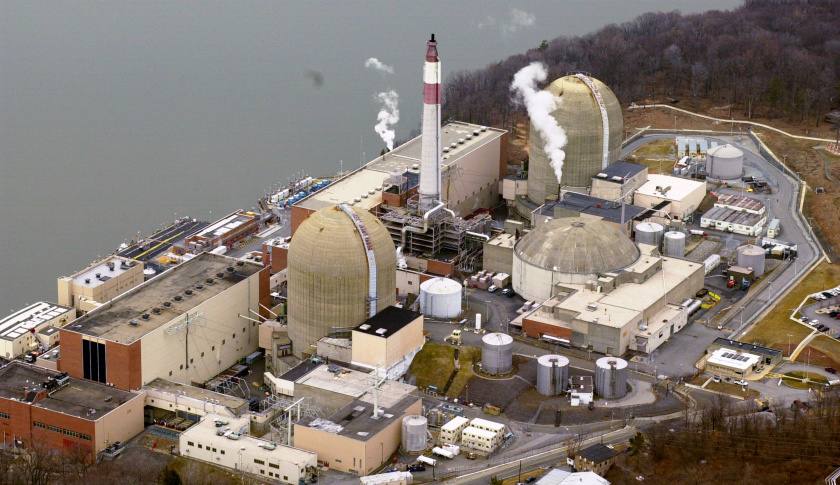
The three prominent Indian political parties – Indian National Congress (INC), Bharatiya Janata Party (BJP), and Communist Party of India Marxist (CPI-M) – have explicably put across their outlooks on nuclear issues. While the Congress finds nuclear weapons for India a “strategic compulsion,” BJP views them as “strategic imperative,” implying the disparity between them is a matter of semantics rather than substance. On the other hand, the CPI(M) has remained opposed to nuclear weapons and nuclear energy projects. In regard to their contribution in the evolution of India’s nuclear bomb, one may find that the Congress party conceived it, the BJP delivered it, and the CPI(M) critiqued it; making the debate truly national and protracted. The Aam Admi Party (AAP) – currently a State recognised party likely to become a National Party in the decades ahead – is yet to put together its stance on nuclear issues, beside some unsuccessful hook-ups with anti-nuclear leaders in the south.
Except their ideological inclinations, AAP seems to have taken over the role that the Left parties have been known to play in India. Whether it will trail them on the issue of nuclear weapons vis-a-vis national security is yet to be seen. So far, following “a bottom to top approach,” the AAP conceives national security in “not just safety from armed aggression and violence, but rather the basic security necessary for Swaraj … human security ….” Pragmatically, the party in its Election Manifesto 2014 highlighted the “need to encourage indigenous production” of weapons and “expedite construction of infrastructure in border areas; border roads, and … airfields and ports … based on the overall strategic plans ….” However, there was no mention of its stance on India’s nuclear energy and nuclear weapons programme.
In March 2014, AAP leader Prashant Bhushan held a meeting with S.P. Udayakumar, leader of the People’s Movement Against Nuclear Energy (PMANE), in Idinthakarai (Tamil Nadu) and reportedly said that the party has “always opposed nuclear energy and also the Kudankulam Nuclear Power Project….” Subsequently, Udayakumar joined the AAP saying that “he had decided to join the AAP after its high command agreed to fulfil his conditions such as taking people’s opinion on establishing nuclear reactors and decentralisation of power.” He contested the 16th Parliamentary election from the Kanyakumari Lok Sabha constituency as AAP candidate but lost; in October 2014 he quit the party alleging that the party “lacks clarity on the nuclear policy of the nation.”
Given the PMANE’s disassociation from AAP, the landslide victory in the 2015 Delhi Assembly election, and the possibility of AAP’s emerging as a national party in future, one can only speculate that it will revisit and redraw its stance on nuclear issues sooner or later. However, the pertinent question is whether it will proximate its stance to the CPI(M)’s? There exist differences among parties on nuclear weapons and energy issues, but all agree on India’s objection to the discriminatory nuclear non-proliferation regime. Will AAP stand apart?
If at any point AAP starts formulating its nuclear policy, it is likely to face the dual challenge of how to place its opinions on India’s nuclear weapons programme that carries considerable mass sentiment, and on the sporadic public resistance to new civil nuclear projects. As more reactors are in the pipeline and the Modi-led NDA government is keen to see them fructified, will AAP start its own anti-nuclear movement that may to give political foothold in other states? Or, will it play a positive role in facilitating civil society-government coordination in addressing the grievances and rehabilitation of the project-affected people? Will it devise a completely different way, as it claims itself as a “different” party?
Sooner or later, AAP has to articulate its distinct identity, if any, in regard to national security, nuclear weapons, and nuclear energy. It has to formulate strategies of public mobilization beyond Bijli-Pani-Bhrashtachar (BPB) to win a stable national party status. In this pursuit, it would be prudent for AAP to adhere to a pragmatic approach on civil nuclear energy, and a nationalistic attitude towards nuclear weapons.
As a national party in the making, AAP has to put before the citizens its policy to ensure that India is not succumbed to nuclear blackmail. Also, it will have to pledge the entire nation Paani-Bijli security; therefore, it must have calculations in hand on the plans to generate the required amount of electricity and through which route. Nuclear energy is a viable source and potential to address India’s energy security at a time when no other easy options available. On the other hand, it can utilize its image of aam admi-friendly in a constructive way to eradicate many prevailing popular misperceptions on nuclear energy projects.
***